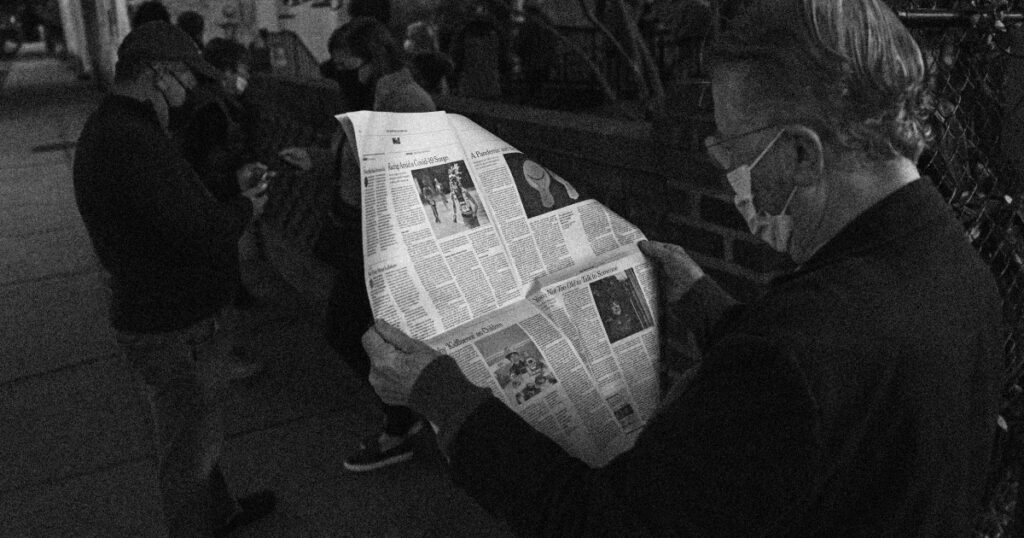New York Times columnist Michelle Goldberg paid tribute this month to Julie K. Brown, the Miami Herald reporter who exposed the corrupt lenient plea bargain prosecutors gave billionaire Jeffrey Epstein after he trafficked and molested at least 80 teenage girls.
Goldberg noted that Brown often had to pay her own expenses while reporting on Epstein and that, despite having broken one of the most important stories of the past decade, she has no retirement fund at age 59, because of the dismal financial state of the journalism industry.
Brown told Goldberg that she began her career at a newspaper in Philadelphia when the industry was still lucrative and thriving. “We had so many news organizations and papers, and it was so competitive,” Brown said. There were people covering “every single city council, planning board, zoning board” meeting. Reporters then were “used to uncovering all this corruption. We’re used to finding injustices pretty easily and writing these stories pretty easily. And now we just don’t have the staff to do that anymore.”
After her interview with Brown, Goldberg reflected, “I kept thinking of all the malfeasance likely to go unexposed as many once-formidable newspapers outside of New York and Washington either shrink or disappear altogether.”
Goldberg’s column makes a critically important point about the disappearance of local news and its impact on democracy. There’s a parallel universe in which local newspapers like The Tampa Tribune and the New Orleans Times-Picayune still exist and even prosper and have the resources to pay a reporter to sit in the courthouse every day or dig for months into some crime that the justice system ignored — and infinitely more heinous scandals like the Epstein one that we’re not aware of are brought to light.
Instead, the U.S. has lost nearly 2,000 local and regional newspapers since 2004, including the two I just mentioned, leaving vast and growing news deserts across swaths of the country.
Other newspapers, like…
Read the full article here





